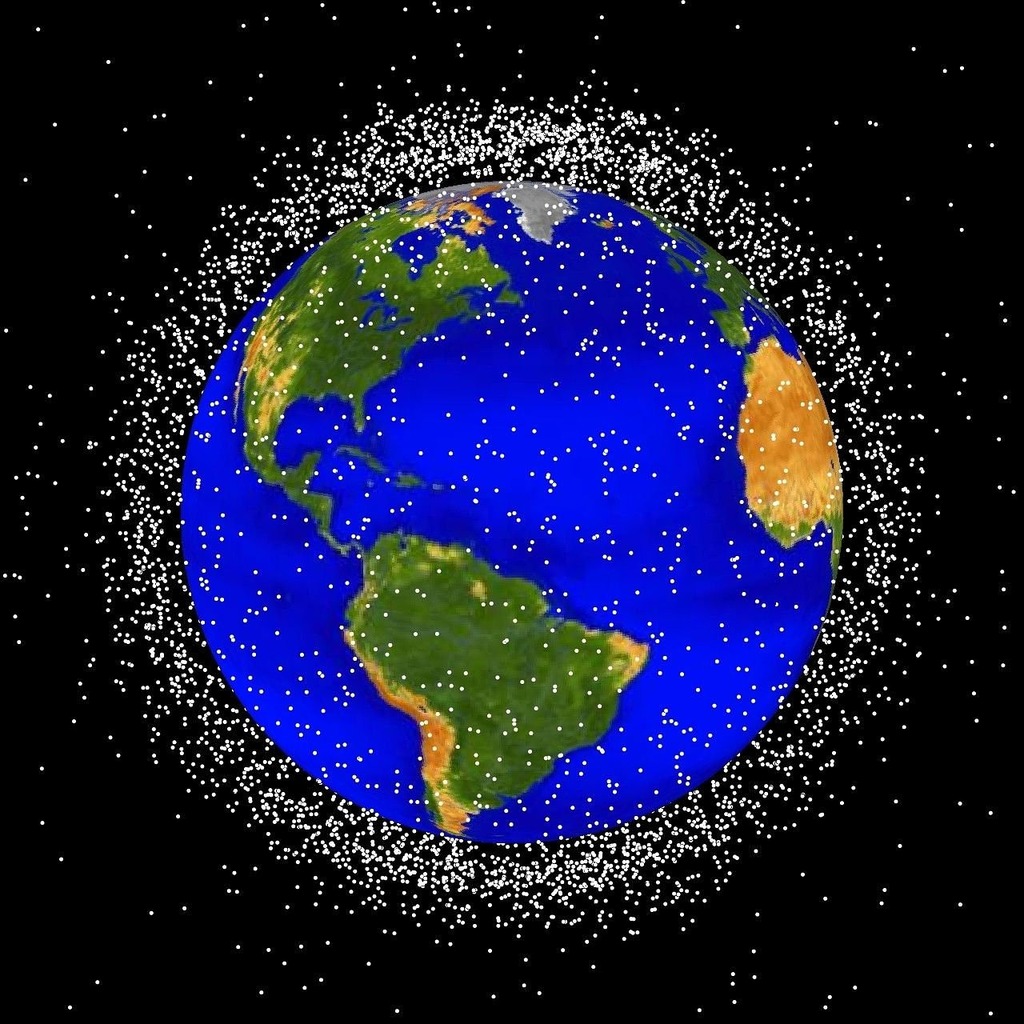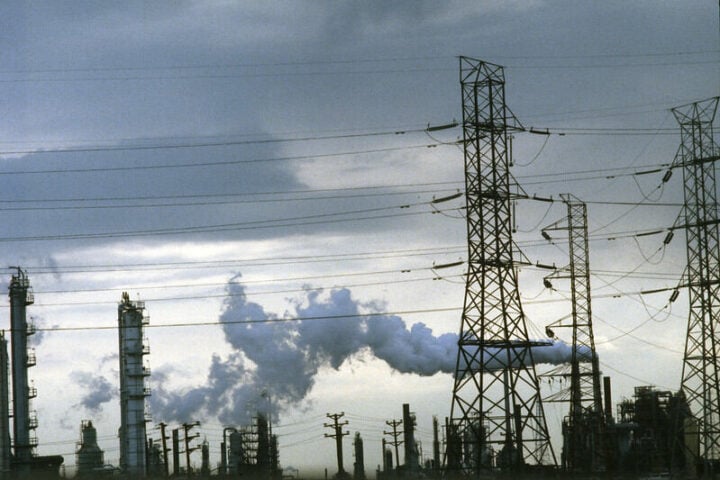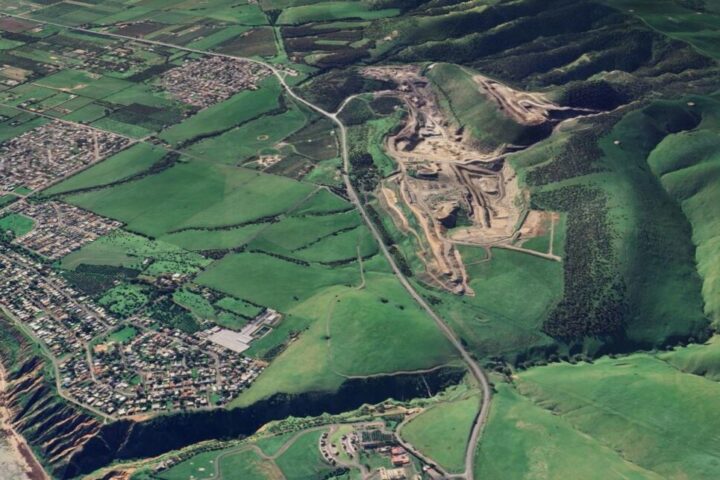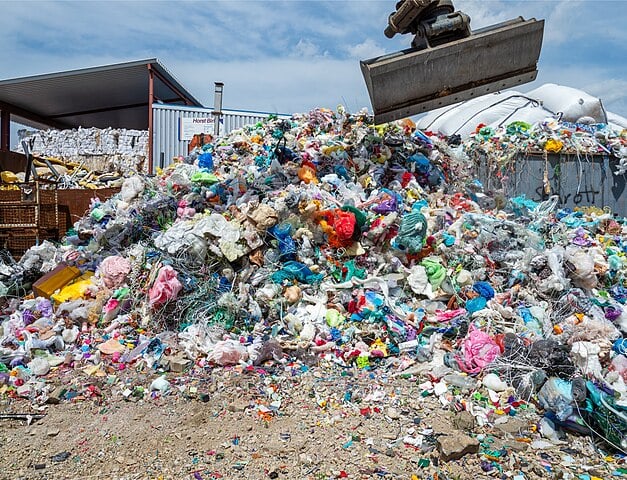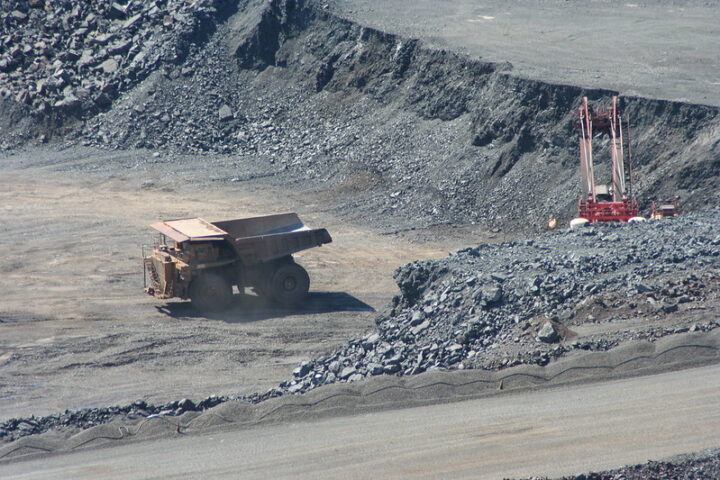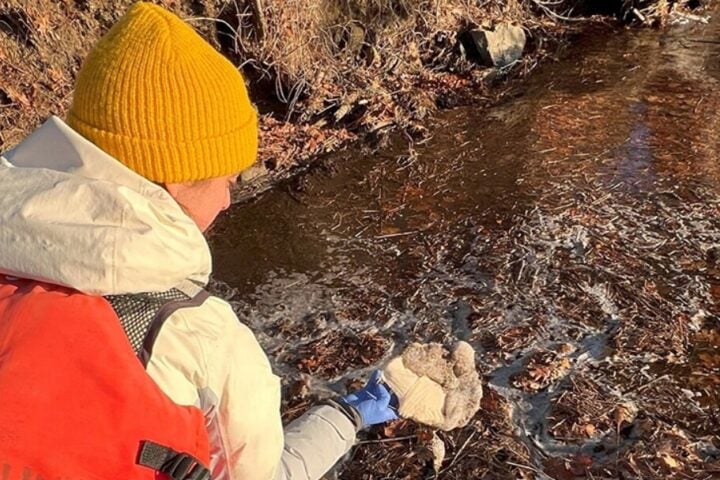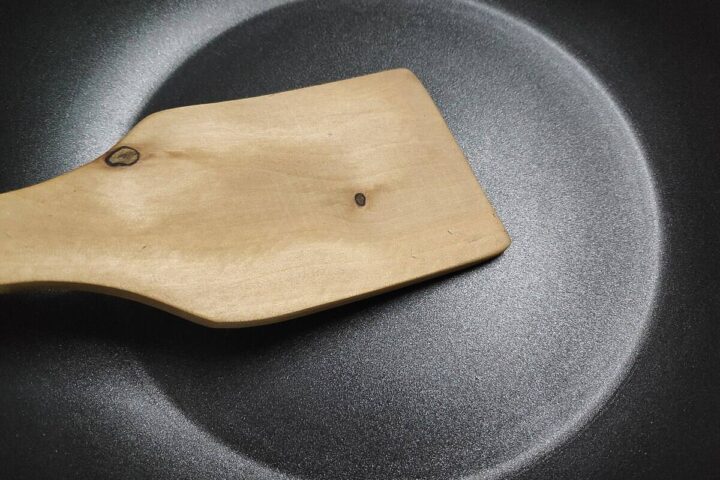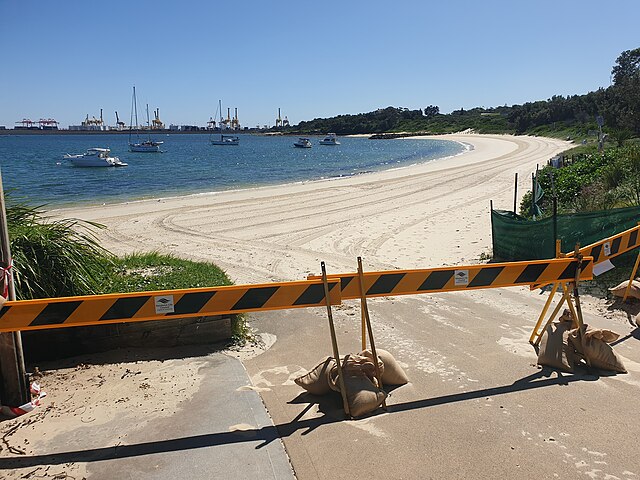The Federal Aviation Administration unveiled a proposed rule in September 2023 aimed at curbing the proliferation of new orbital debris and minimizing the likelihood of collisions with spacecraft and satellites. The FAA’s commitment to fostering a sustainable space environment is underscored by the initiative, especially as the number of objects in orbit continues to rise. It poses an increased risk of collisions and could clutter orbits essential for human spaceflight and satellites delivering vital services such as communications, weather forecasting, and global positioning.
Commercial space operators can choose from five alternatives for disposing of the upper stages of launch vehicles. Ensuring a safe descent back to Earth, operators can opt for a controlled reentry, mitigating risks associated with uncontrolled landings. Alternatively, moving the upper stage to a less congested storage or graveyard orbit is another viable option, reducing the chance of interference with active satellites and spacecraft. A third option is propelling it out of Earth’s gravitational pull and into deep space, sending the upper stage on an Earth-escape orbit.
The possibility of retrieving the upper stage through active debris removal within five years is also suggested by the FAA, promoting responsible space waste management. Performing an uncontrolled atmospheric disposal is an option, lastly, though it comes with uncertainties regarding the landing location. The FAA aims to protect both people on the ground and those in flight from potential hazards due to the significant size and mass of these objects by imposing restrictions on the uncontrolled reentry of upper stages.
To align commercial space orbital debris mitigation practices with those accepted by the US government for its space missions is sought by the proposed rule. Over 23,000 orbital objects, sized 10 cm or greater, have been estimated to be in orbit, highlighting the urgency of addressing space debris as of July 2023. Projections indicate that there could be half a million objects sized between 1 and 10 cm on orbit, and over 100 million objects larger than 1 mm.
Similar Posts
A 90-day public comment period has been opened by the FAA, allowing stakeholders and the public to voice their opinions and concerns regarding the proposed rule. The announcement of the proposed rule concluded with SpaceX’s launch of 22 satellites for its Starlink constellation into low-Earth orbit. In a statement, the FAA emphasized that limiting debris is crucial to “reduce the potential for collisions with spacecraft and satellites to promote a sustainable space environment.” Requiring them to adhere to one of the five disposal methods for their rocket’s upper stages, companies like SpaceX would be directly impacted by the new rule.
The proposed rule is a proactive measure to address the growing concern of space debris and its potential impact on future space missions and satellite operations. The initiative of the FAA reflects a broader effort to establish guidelines and regulations that ensure the long-term viability of space as a domain for human activity and technological advancement. Accommodating the varied needs and capabilities of commercial space operations, the diversity of disposal options provided by the FAA allows for flexibility.
A shift towards more responsible and sustainable practices in space exploration is demonstrated by the emphasis on controlled reentry and active debris removal. Necessitating updated regulations to safeguard orbital environments, the proposal comes at a time when commercial space activities are experiencing unprecedented growth. The FAA’s recognition of the importance of stakeholder input in shaping effective and balanced regulations is signified by the inclusion of a public comment period.
If adopted, the proposed rule will play a pivotal role in setting the standard for orbital debris mitigation and fostering international cooperation on space sustainability. The proactive stance of the FAA on space debris mitigation is a step towards ensuring that future generations can continue to explore and benefit from space. The impact of the rule will be closely watched by the international space community, as it could influence global norms and practices regarding space debris management. Highlighting the critical nature of the issue, the FAA cautioned, “If left unchecked, the accumulation of orbital debris will increase the risk of collisions and clutter debris used for human space flight and for satellites providing communications, weather, and global positioning system services.”
